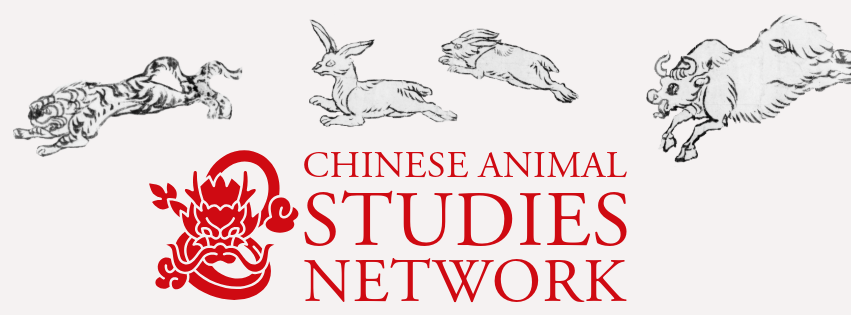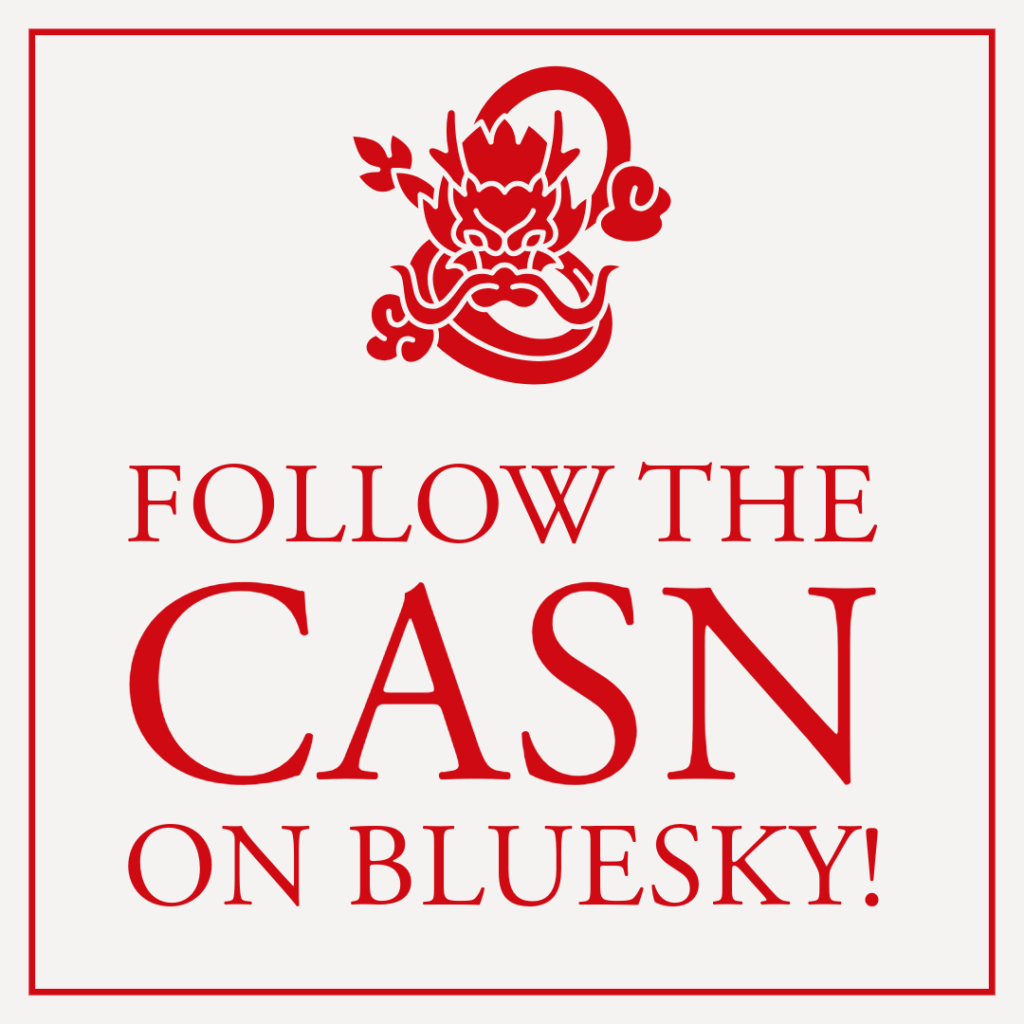
In this Talking Animals post, we interview Leslie Wallace about her work on Chinese falconry and on the global trade in parrots in the middle ages!1

Leslie V. Wallace is a Professor in the Department of Visual Arts at Coastal Carolina University. Her current research interests include depictions of animal-human interactions and constructions of gender and the hunt. She has published widely on the topic of falconry (see more details at the end of this post) and is currently working on a monograph on Chinese visual representations of falconry.
Hi Leslie! Thank you for joining us on Talking Animals. To start, what first inspired you to include animals in your research?
My PhD research focused on hunting in pre-Han and Han China, so animals being helpers and prey and broader animal-human relationships were natural extensions of this research. But ultimately, I think the inspiration is from my childhood: I was lucky enough to grow up on a farm in a rural setting, so wild and domestic animals were always present and an important part of daily life.
You’ve recently been working on birds, including the surprisingly global trade of parrots in the medieval period. Could you summarise your findings so far?
Yes! I discovered this pleasant surprise while researching tribute and trade in birds of prey for the monograph I am writing. I’ve been looking at materials ranging from 500-1300 when parrots were traded across vast distances in Eurasia and the Americas. Tang and Song archaeological, visual, and textual sources are full of references to parrots. A variety of parakeets could be found in the interior of the Tang empire, from the famed Longshan 陇山 variety living in the mountains along the modern Shaanxi-Gansu border to the rose-ringed, red-breasted, and blossom-headed parakeets from Lingnan 嶺南 (modern Guangxi and Guangdong). Others, such as the coveted rainbow lorikeets and sulfur-crested cockatoos, came from lands much farther afield in Australasia. The trade of cockatoos extended across Eurasia: a sulfur or yellow-crested cockatoo was given to the Holy Roman Emperor Frederick II (r. 1220-50) by the Ayyubid Sultan al-Malik Muhammad al-Kamil (r. 1218-32)!
On the other side of the Pacific, in the Americas, demand for neotropical parrot feathers, used for dress and adornment and in ritual practices, fuelled trade and the captive breeding of parrots in areas well outside of their natural range. Evidence for the translocation of parrots, such as scarlet macaws (Ara macao) and blue-fronted amazons (Amazona aestiva), has been found at Ancestral Pueblo, Mimbres, Paquimé, and other pre-Hispanic archaeological sites in the southwestern United States and north-western Mexico and sites connected to oases communities living in the Atacama Desert in modern Chile. The great thing about the materials from these areas is that the skeletons and sometimes completely mummified bodies of parrots survive, which, through zooarchaeological analysis, provide a wealth of information about where these birds came from and parrot aviculture in these areas.
Are there any publications you’re particularly looking forward to on the subject of parrots?
Yes! I can’t wait to read Wilt L. Idema’s A Historical Taxonomy of Talking Birds in Chinese Literature (Harvard University Press), which comes out in March and traces the development of the parrot and the mynah as characters in elite and popular literature.
Is there a resource or theory you’ve found particularly helpful while developing your approach?
Recently, I have been focusing on non-anthropocentric histories and am reading The Historical Animal, a volume edited by Susan Nance. In my research, I have always considered what the presence of animals tells us about humans during a particular period in Chinese history, but shifting the focus to the animals themselves raises questions I have never considered or only thought about in passing. So, for example, how was a Siberian white gyrfalcon or an Australian cockatoo captured and transported from its native habitat to northern China? What happened to these birds after they arrived and became helpers or pets? Eurasian records related to the history of gyrfalcons are pretty dismal: one record from 1876 mentions that of ten Norwegian gyrfalcons imported to England, seven died within 6 months.
And what animal-related questions are you aiming to answer in your research next?
In addition to, and complementing, my research on Eurasian tribute and trade in birds (and cheetahs, but that is another story!), I am interested in animal portraiture and have been looking at portraits of gyrfalcons at the court of the Qianlong Emperor, which are part of a larger group of portraits of animals given in tribute to the Qing court. At present, my questions are largely anthropocentric: I have been looking at the specific Manchu and Mongol elites who gave these birds as gifts to the court and how the possession and display of gyrfalcons was emblematic of the authority and status of both their presenter and receiver. In general, the literature on animal portraiture is not extensive. It often focuses on depictions of animals in the context of Northern European sporting art, so my research will also raise larger questions about how to define and analyse non-human portraiture.
Finally, if you could be an animal, what animal would you be and why?
A horse—hands down. I have always been attracted to horses’ exceptional social intelligence, emotional awareness, and physical beauty. The mystique of the free life of a feral horse also has a particular appeal, although the social structure of horse herds is quite complex!
- Leslie Wallace has published on a range of animal-related topics, including:
– “Visual Hybridity, Political Power and Cultural Contest: Kitan Liao (916-1125 CE) and Jurchen Jin (1115-1234 CE) Textiles with Falconry-Related Imagery,” in The Art and Archaeology of Human Engagements with Birds of Prey: from Prehistory to Present (2023) – “Animal Imagery in Eastern Han Tomb Reliefs from Shanbei,” in the Arts Special Issue, “Zoomorphic Arts of Ancient Central Eurasia” (2023).
– “Early Raptor and Falconry imagery in China: Four Case Studies (10th century BC until 8th century AD),” in Raptor on the Fist: Falconry, Its Imagery and Similar Motifs throughout the Millennia on a Global Scale (Wachholtz, 2020).
– She also edited the collected volume Behaving Badly in Early and Medieval China with N. Harry Rothschild (University of Hawai’i Press, 2017) which includes a chapter on falconry: “Wild Youths and Fallen Officials: Falconry and Moral Opprobrium in Early Medieval China.” ↩︎


